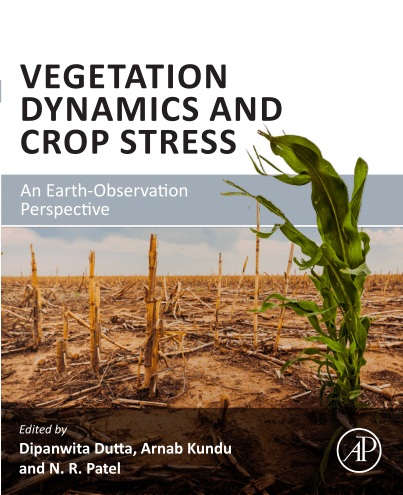Key messages
- The bulk of financial resources devoted to social clause infrastructure projects is allocated to those in the education sector, accounting for about USD 4 million (74%); this is followed by 20% allocated for healthcare infrastructure, 4% for road infrastructure and 1% for water supply infrastructure. Cumulatively across the whole monitoring period (2011-2020), an estimated 36,466 students were direct beneficiaries of the education sector. A total of 127 schools, 85 health centres, 27 administrative buildings, 11 water points and 436 kilometres of road were built within the framework of social clauses.
- Effective mobilization of financial resources is the main challenge for achieving an efficient social clause system. There is a significant gap between the amount of financing ‘estimated’ and decided upon by mutual agreement between local communities and concession holders (USD 20,322,367), and the final amounts actually provided (USD 7,810,037). Overall, just a third (38%) of the amount expected was then actually given to local development funds (LDFs).
- For community projects to be effective and efficient, substantial improvements are required. At present, few infrastructure projects have been fully completed. Efficient use of available resources will mean selecting a minimum number of projects – or at least those considered essential for the community – and devoting the available resources to them.
- Social clauses have the potential to be a powerful tool for the socioeconomic development of local populations in the Democratic Republic of Congo. And while there is room for improvement in terms mobilizing the resources required, there is no doubt that current outcomes do help improve the daily lives of communities in the areas of health and education.
- The support given to civil society in the monitoring of social clauses should be continued. However, it would be useful to have a stable pool of non-governmental organizations (NGOs) and investigators specifically dedicated to monitoring, so that the capacities already acquired by these stakeholders can be strengthened, and the quality of collected data can be improved.
Download:
DOI:
https://doi.org/10.17528/cifor/008462Altmetric score:
Dimensions Citation Count:
Publication year
2021
Authors
Tsanga, R.; Cerutti, P.O.; Njumboket, I.; Tibaldeschi, P.
Language
English
Keywords
socioeconomic development, forest management, natural resource management, rural community, indigenous people, logging
Geographic
Democratic Republic of the Congo
























